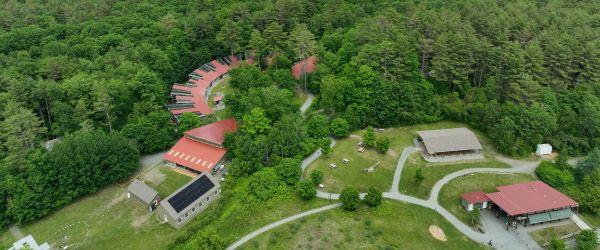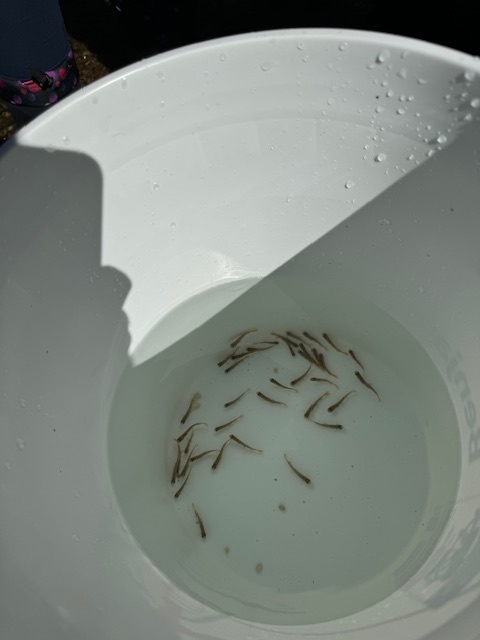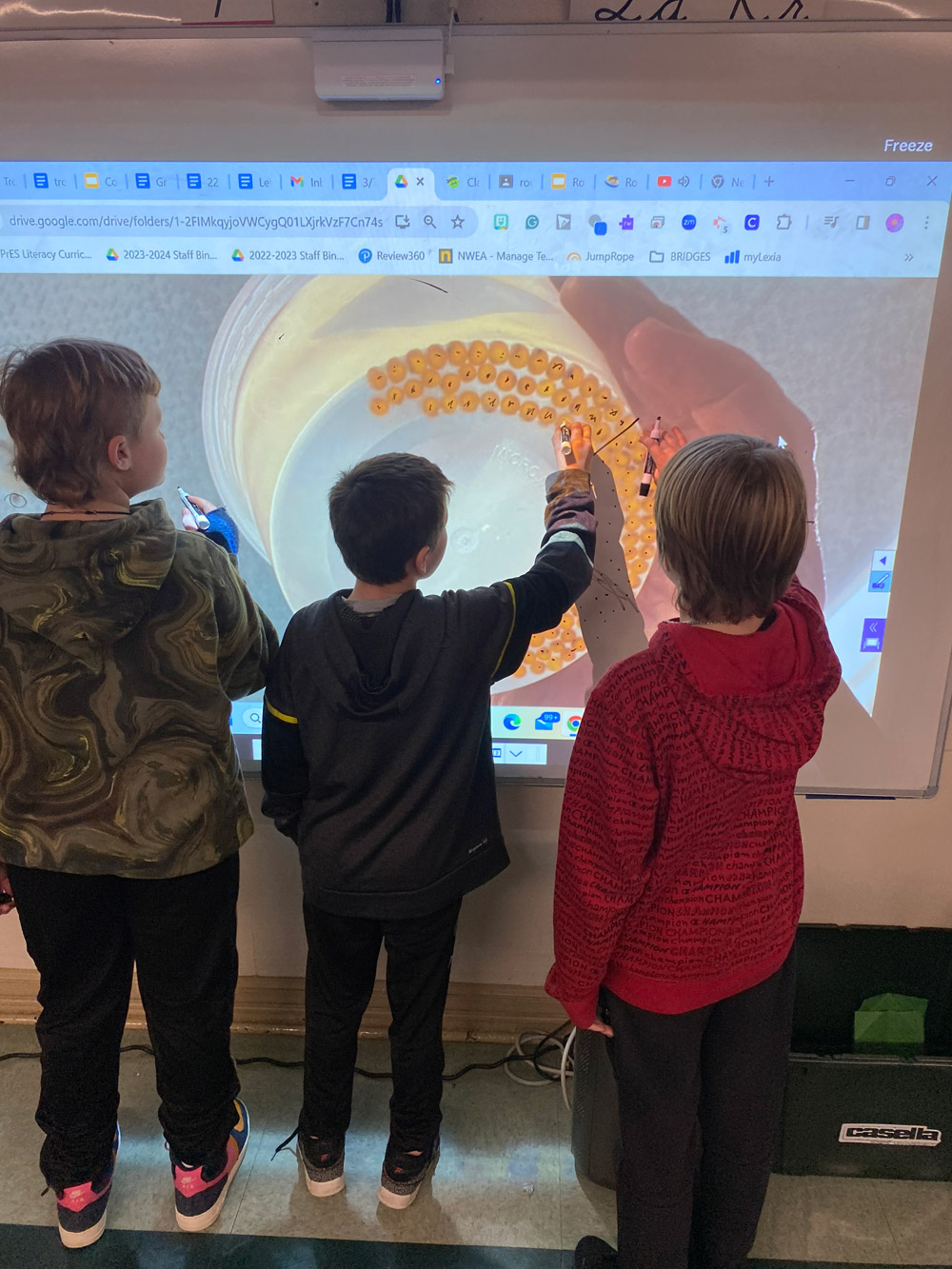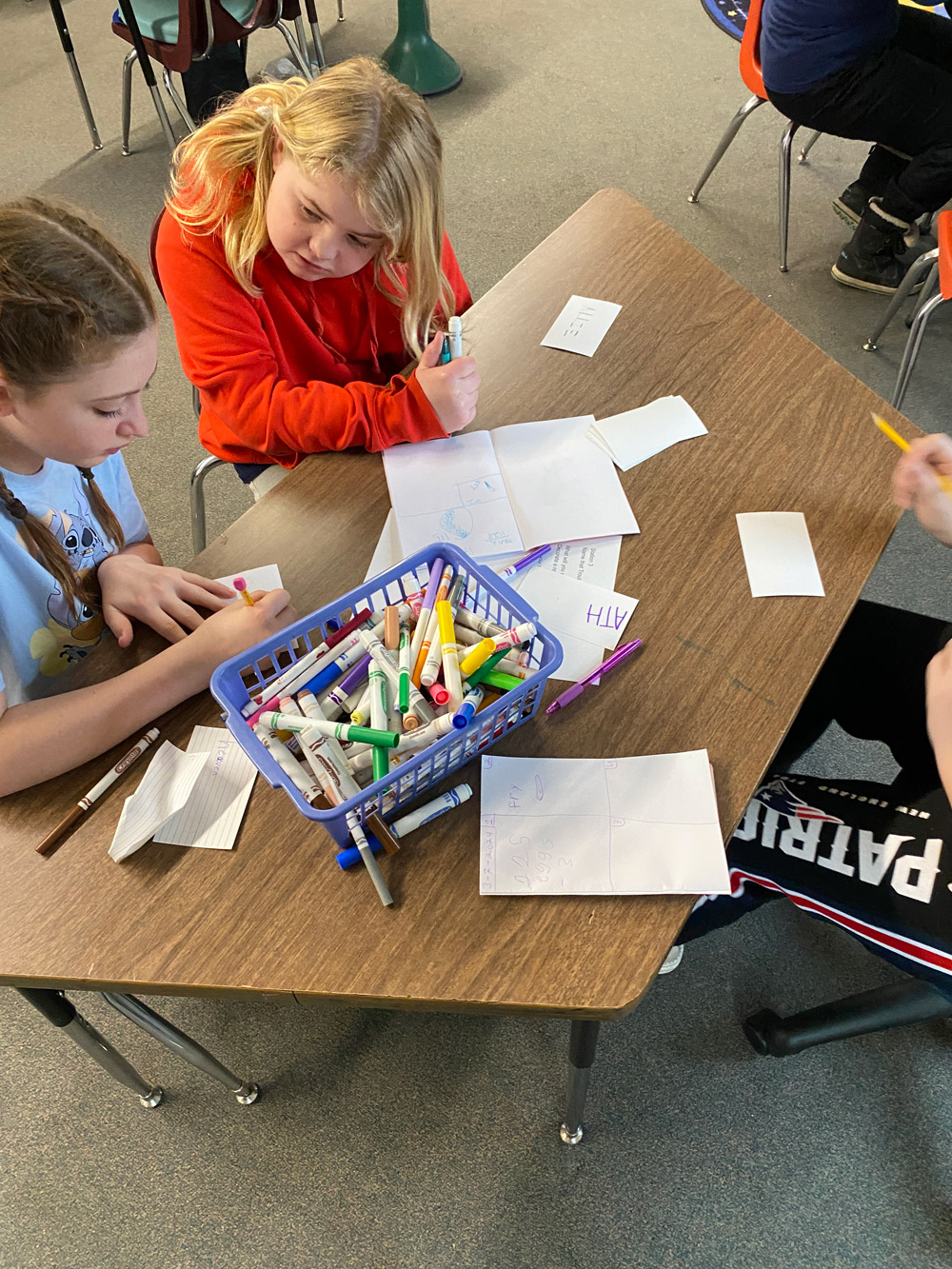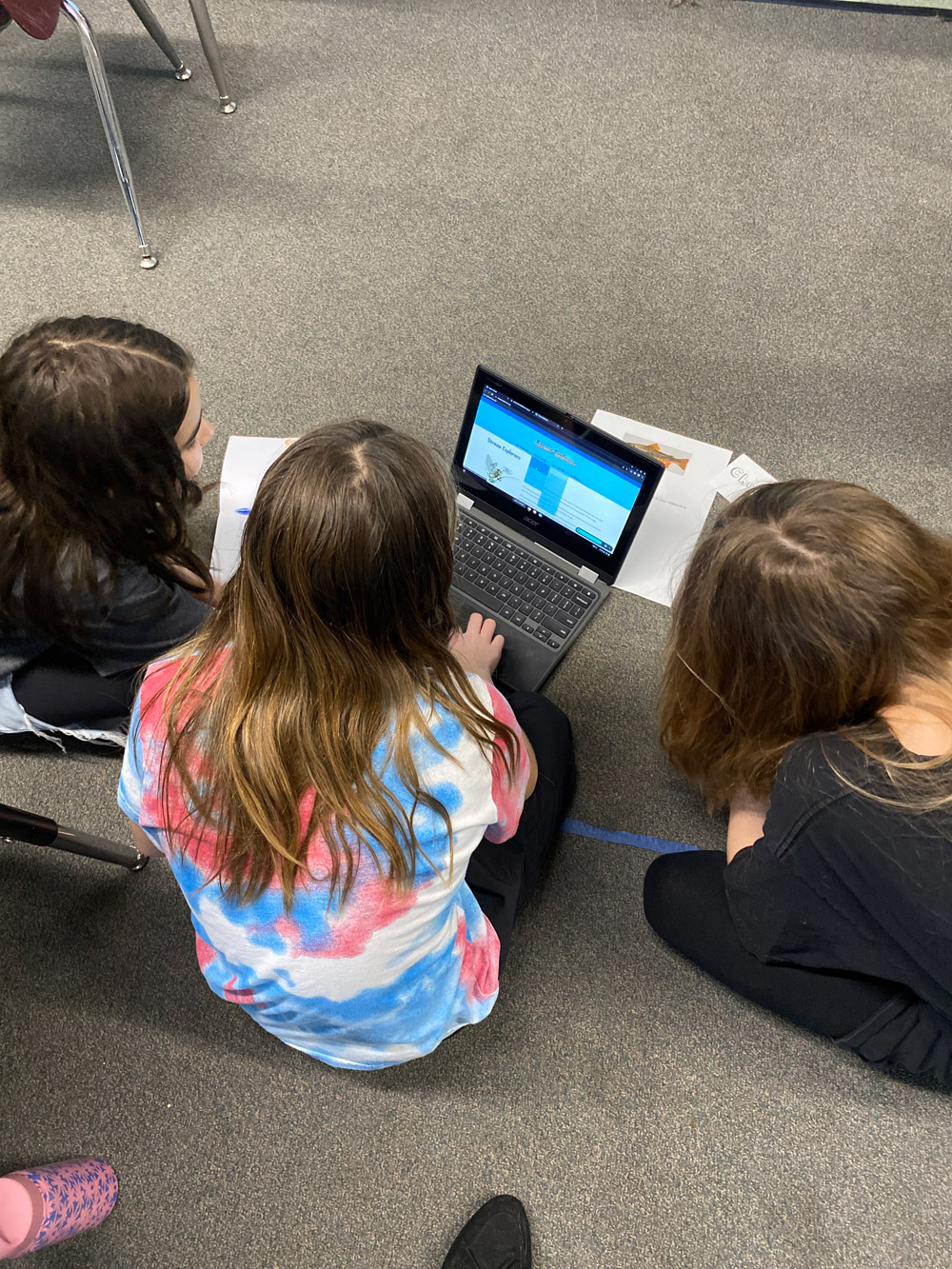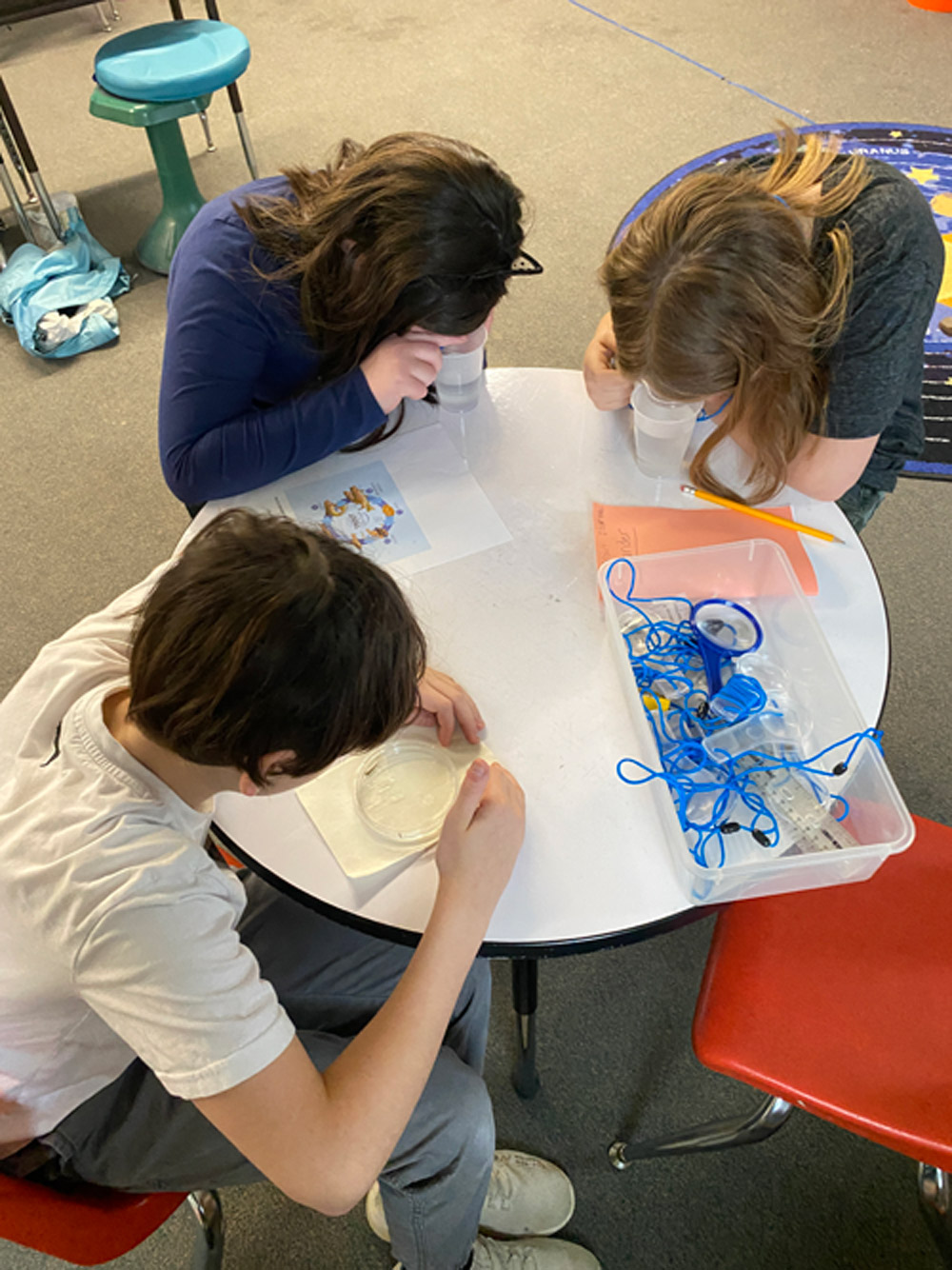VINS Update: Jim Armbruster, of the Vermont Institute of Natural Science, is State Coordinator for Trout in the Classroom in Vermont (TIC).
3rd Annual Women’s Intro to Fly Fishing… Click here
Wood is Good… Click Here
2024 VT TU Teens Trout Camp… Click Here
Forthcoming film by Jake Leamon, The Wild Side.. Click Here
GUVTU Chapter Fund Raiser …Click Here
TIC Raffle…Click Here
The documentary Salmon of the Clyde River, supported by the VT TU Council and to watch click here
Join the MadDog Chapter Trout Unlimited Fishing Outing on the Clyde River.
We’ll be fishing the Clyde River in Newport, VT on Saturday October 2nd from 8:00 am until 3:00 pm
From 3:00 until 5:00 join in meet and greet at the anglers bench on the lower Clyde. Go to maddogtu.org for more details.
Battenkill Spawning Survey … Check it Out
We are transferring the original Vermont Trout in the Classroom website to the Council website… Check it Out
Flushable materials and septic systems by Kris Stepenuck to member organizations of Watersheds United Vermont… Click here
Supreme Court overturns decision on hydro dams on Lamoille and Green rivers… Click here
Join Mad Dog TU in their inaugural 2 fly fly fishing tournament on Sunday 9/15/2019… Click here
Join TUSWVT at the Paramount Theater for Chalk: The Bedrock of Fly Fishing…. Click here
Letter to Governor Scott re closure of Salisbury Fish Hatchery… Click here
Letter to VT Fish & Wildlife Board concerning fish limits on Lamoille River… Click here
Check out the 2018 Vermont TU Teens Trout Camp video: Click here
Check out Vermont River Flow details… Click here
Warming temperatures altering distributions and abundances of many species…. check it out

VT TU Council Statement on Lake Champlain Cleanup…. Read Here
VT TU Council Letter to VT F&W Commissioner concerning Brook Trout Creel… Read Here
The Vermont Management Plan for Brook, Brown and Rainbow Trout… Click Here
Newsletter of TU’s Latest Diversity Initiative…Click here
2017 Salmon Lift Data….Summary of Salmon lifted final 2017[1231]
Check out the 2017 VT TU Teens Trout Camp Video on our News page.
Madeleine Lyttle from USFWS for our region of northern VT, NH and parts of NY was awarded the Conservation Professional Award by TU. The VT delegation sat together with Madeleine and her husband.
Angler Motivations, Preferences, and Attitudes towards Stocking and Protection of Wild Brook Trout Fisheries
Data collected and compiled by Michael Brunson, in partial fulfillment of Master’s Thesis at Prescott College, AZ.
Overview
Surveys were distributed to Trout Unlimited (TU) members in seven randomly selected states in an effort to understand angler motivations, awareness of, and attitudes about their state’s stocking practices and protection of wild brook trout fisheries. The states selected were within the eastern brook trout’s native range, involved with the Eastern Brook Trout Joint Venture (EBTJV), and included West Virginia, Tennessee, Pennsylvania, Maine, Vermont, Maryland, and North Carolina. Survey results indicated that, while the majority of TU members expressed a strong understanding of their states stocking practices, they were still strongly interested in gaining additional information, indicating a need for more transparency regarding stocking habits and practices. Furthermore, survey results indicated that a large percentage of TU members still enjoy fishing for popular, nonnative, sport fish such as bass and brown trout. Additionally, support for policies protecting wild brook trout diminished as opportunities for catching larger fish diminished along with the removal of popular, nonnative sport fish. More info on News page.
Check out some images of the Council Fundraiser at Hen of the Woods…. Check News Page.
Govenor Elect Phil Scott reappoints VT Fish and Wildlife Commisioner Louise Porter.
15th Annual Fly Fish New Hampshire Show – 25th February, 2017. See News for more details.
Post Presidential Election TU boss Chris Wood gives his thoughts…. See full details in NEWS tab.
TU DISTINGUISHED SERVICE: YOUTH EDUCATION
CONGRATULATIONS JOE MARK (VT)… In 2013, when Joe Mark took over the Trout in the Classroom program for the Southwestern Vermont Chapter, he brought a passion for working with children and a lifetime of educational experiences. See full details in NEWS.
Improving Trout Habitat in the NE Kingdom – VT Fish & Wildlife and TU have partnered to improve trout habitat in the NE Kingdom. See News for further details.
 I will be taking over the role of State Coordinator from Eleanor this year and will be the VINS point of contact for Trout in the Classroom. While I typically work with raptors out in the field, I have some background in water quality monitoring, fish surveys, and macroinvertebrate sampling in streams and rivers throughout the state.
I will be taking over the role of State Coordinator from Eleanor this year and will be the VINS point of contact for Trout in the Classroom. While I typically work with raptors out in the field, I have some background in water quality monitoring, fish surveys, and macroinvertebrate sampling in streams and rivers throughout the state.